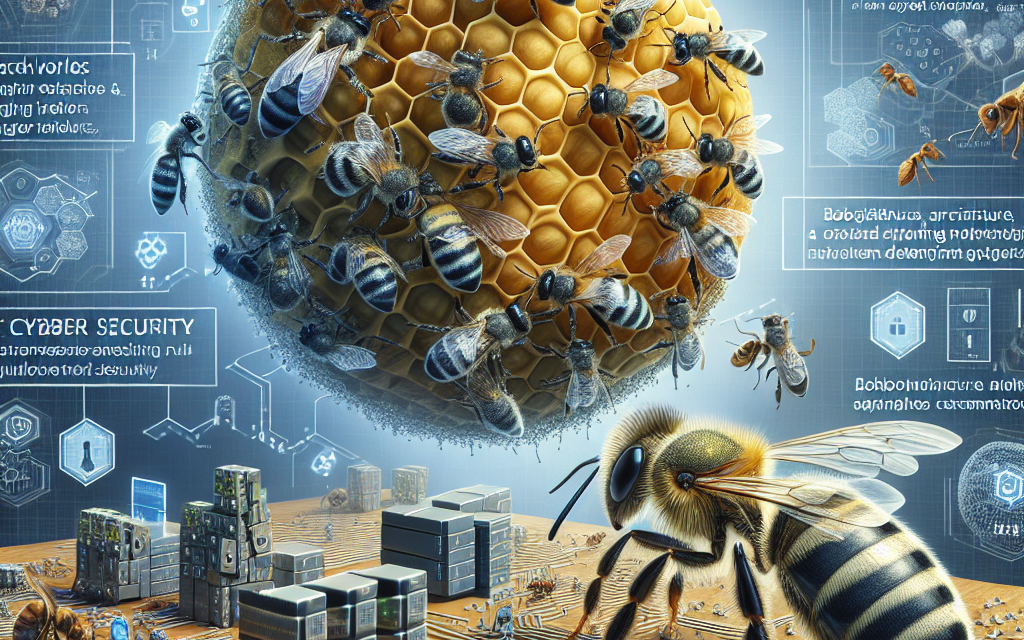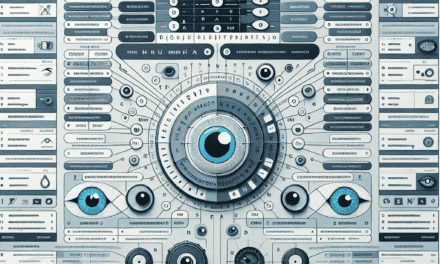Collaborate Like a Beehive or Ant Colony to Defend Against Cyber Intruders

In the digital age, the threat of cyber intrusions is ever-present and constantly evolving. As organizations strive to protect their data and systems, they can draw inspiration from nature’s most efficient and resilient communities: beehives and ant colonies. These natural systems demonstrate remarkable collaboration, communication, and adaptability, offering valuable lessons for cybersecurity strategies. This article explores how organizations can emulate these natural models to enhance their defenses against cyber threats.
The Power of Collective Intelligence
Beehives and ant colonies are prime examples of collective intelligence, where the group functions as a single entity to achieve complex tasks. This concept can be applied to cybersecurity, where a coordinated effort can significantly enhance defense mechanisms.
In a beehive, each bee has a specific role, from foraging to nursing to defending the hive. Similarly, in an ant colony, ants work together to build nests, find food, and protect their community. This division of labor and specialization allows these communities to operate efficiently and respond to threats effectively.
In the context of cybersecurity, organizations can adopt a similar approach by establishing specialized teams for different aspects of security, such as threat detection, incident response, and vulnerability management. By leveraging the expertise of each team, organizations can create a robust defense system that is greater than the sum of its parts.
- Specialized teams for threat detection can focus on identifying potential threats and vulnerabilities in real-time.
- Incident response teams can be trained to react swiftly and effectively to any breaches, minimizing damage and recovery time.
- Vulnerability management teams can work on patching and updating systems to prevent future attacks.
By fostering a culture of collaboration and communication, organizations can ensure that these teams work together seamlessly, sharing information and insights to strengthen their overall security posture.
Communication and Information Sharing
Effective communication is a cornerstone of both beehives and ant colonies. Bees use a sophisticated system of dances to convey information about food sources, while ants use pheromones to mark trails and signal danger. This constant flow of information allows these communities to adapt quickly to changing conditions and threats.
In the realm of cybersecurity, communication and information sharing are equally critical. Organizations must establish clear channels for sharing threat intelligence, both internally and with external partners. This can include sharing information about new vulnerabilities, attack patterns, and best practices for defense.
One effective way to facilitate information sharing is through the use of threat intelligence platforms, which aggregate data from multiple sources and provide actionable insights. These platforms can help organizations stay informed about the latest threats and trends, enabling them to adjust their defenses accordingly.
- Internal communication should be streamlined to ensure that all relevant teams are aware of potential threats and can coordinate their responses.
- External partnerships with industry peers, government agencies, and cybersecurity firms can provide valuable insights and resources.
- Participation in information-sharing initiatives, such as ISACs (Information Sharing and Analysis Centers), can enhance an organization’s ability to detect and respond to threats.
By prioritizing communication and information sharing, organizations can create a more agile and responsive cybersecurity strategy, much like the adaptive systems found in nature.
Adaptability and Resilience
Beehives and ant colonies are known for their adaptability and resilience in the face of challenges. When a threat is detected, these communities can quickly mobilize their resources to defend themselves and recover from any damage.
In cybersecurity, adaptability and resilience are crucial for withstanding the ever-changing landscape of cyber threats. Organizations must be prepared to adjust their strategies and defenses as new threats emerge and evolve.
One way to enhance adaptability is through continuous monitoring and assessment of security systems. By regularly evaluating their defenses, organizations can identify weaknesses and areas for improvement, allowing them to stay ahead of potential threats.
- Implementing a robust incident response plan can help organizations quickly address and recover from breaches.
- Regular training and simulations can prepare employees to respond effectively to cyber incidents.
- Investing in advanced technologies, such as artificial intelligence and machine learning, can enhance an organization’s ability to detect and respond to threats in real-time.
By fostering a culture of adaptability and resilience, organizations can build a cybersecurity strategy that is capable of withstanding even the most sophisticated attacks.
Decentralized Decision-Making
In both beehives and ant colonies, decision-making is decentralized, allowing for rapid and efficient responses to threats. This approach can be applied to cybersecurity, where a centralized decision-making process can often lead to delays and inefficiencies.
Decentralized decision-making empowers individual teams and employees to take action when necessary, without waiting for approval from higher-ups. This can be particularly beneficial in the fast-paced world of cybersecurity, where quick responses are often critical to mitigating damage.
To implement decentralized decision-making, organizations must establish clear guidelines and protocols for employees to follow. This ensures that everyone is on the same page and can act confidently in the face of a threat.
- Empowering employees with the knowledge and tools they need to make informed decisions can enhance an organization’s overall security posture.
- Encouraging a culture of trust and accountability can help employees feel confident in their ability to take action when necessary.
- Regular training and education can ensure that employees are equipped with the latest knowledge and skills to respond effectively to cyber threats.
By adopting a decentralized decision-making approach, organizations can create a more agile and responsive cybersecurity strategy, much like the efficient systems found in nature.
Building a Culture of Collaboration
At the heart of both beehives and ant colonies is a strong culture of collaboration, where each member works together towards a common goal. This sense of unity and teamwork is essential for achieving success in any endeavor, including cybersecurity.
To build a culture of collaboration, organizations must prioritize communication, trust, and mutual respect among employees. This can be achieved through regular team-building activities, open lines of communication, and a focus on shared goals and objectives.
- Encouraging cross-departmental collaboration can help break down silos and foster a sense of unity among employees.
- Recognizing and rewarding teamwork and collaboration can reinforce the importance of working together towards a common goal.
- Providing opportunities for employees to share their ideas and insights can help create a more inclusive and innovative work environment.
By fostering a culture of collaboration, organizations can create a more cohesive and effective cybersecurity strategy, much like the harmonious systems found in nature.
Conclusion
In conclusion, the natural world offers valuable lessons for organizations seeking to enhance their cybersecurity strategies. By emulating the collaborative, adaptive, and resilient systems found in beehives and ant colonies, organizations can create a more robust defense against cyber intruders. By prioritizing collective intelligence, communication, adaptability, decentralized decision-making, and a culture of collaboration, organizations can build a cybersecurity strategy that is greater than the sum of its parts. As cyber threats continue to evolve, these natural models provide a timeless blueprint for success in the digital age.





